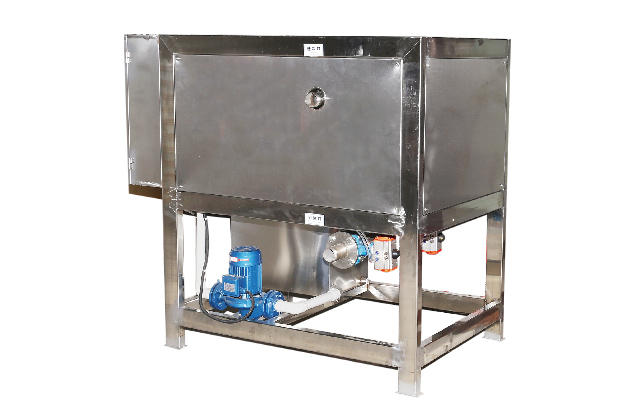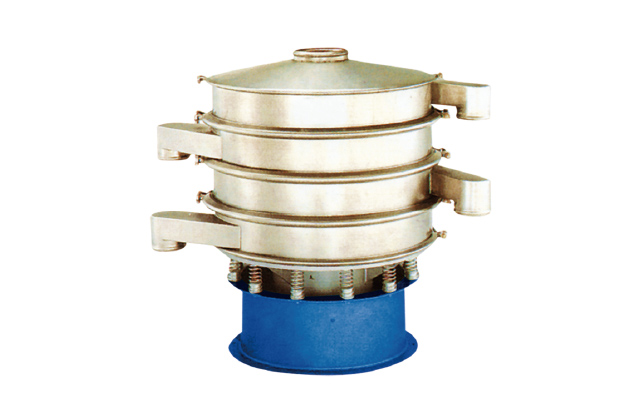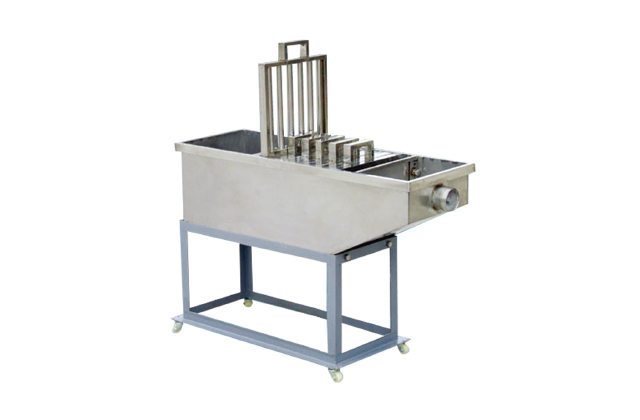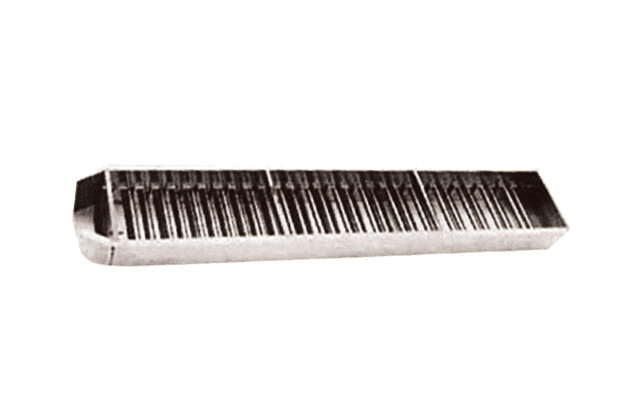August 27, 2025
How to Separate Salt, Sand, and Iron?
Understanding the Challenge
Separating a mixture of salt, sand, and iron may seem like a straightforward task, but it requires a systematic approach. Whether you’re conducting a science experiment, working in a laboratory, or dealing with industrial materials, understanding the physical properties of each component is key. In this article, we’ll explore practical and effective ways to separate these three substances.
Physical Properties Matter
Before diving into the separation process, it’s essential to understand the physical properties of salt, sand, and iron:
- Salt (NaCl): Soluble in water, crystalline, and typically white in color.
- Sand (SiO₂): Insoluble in water, granular, and varies in color depending on its source.
- Iron: A metal with magnetic properties, often in the form of small particles or filings.
These properties will guide our separation methods.
Step 1: Magnetic Separation
The first step in separating iron from the mixture is to use magnetism. Iron is ferromagnetic, meaning it is attracted to magnets. Here’s how to do it:
- Spread the mixture on a flat surface.
- Use a strong magnet to attract the iron particles. Hold the magnet close to the mixture and slowly move it across the surface.
- The iron will stick to the magnet, allowing you to collect it separately.
This method is efficient and quick, especially for small-scale separations.
What Happens Next?
After removing the iron, you’re left with a mixture of salt and sand. The next step involves leveraging the solubility of salt in water.
Step 2: Dissolution and Filtration
Salt dissolves in water, while sand does not. This property makes it easy to separate the two:
- Add water to the salt and sand mixture, stirring until the salt is fully dissolved.
- Pour the solution through a filter paper or a fine cloth into another container. The sand will remain on the filter, while the saltwater solution passes through.
- Allow the filtered saltwater to evaporate. You can speed up the process by heating it gently.
- Once the water evaporates, you’ll be left with pure salt crystals.
This method is simple and effective, but it requires patience, especially during the evaporation process.
Tips for Success
To ensure the best results, keep the following tips in mind:
- Use clean water to avoid contamination.
- Monitor the heating process to prevent burning the salt.
- Ensure the filter is fine enough to catch all sand particles.
Alternative Methods
While the above method is the most common, there are alternative approaches you can explore:
1. Density Separation
Sand and salt have different densities. By adjusting the density of a solution, you can cause one to float while the other sinks. However, this method is less practical for small-scale separations and is typically used in industrial settings.
2. Sieving
If the sand particles are significantly larger than the salt crystals, sieving can be an effective method. Simply use a sieve with pores small enough to retain the sand while allowing the salt to pass through.
Conclusion
Separating salt, sand, and iron is a multi-step process that relies on understanding the unique properties of each substance. By first removing the iron with a magnet, then dissolving and filtering out the salt, you can successfully isolate each component. Whether you’re a student, a scientist, or an industrial worker, these methods provide a clear and efficient way to tackle the challenge.






